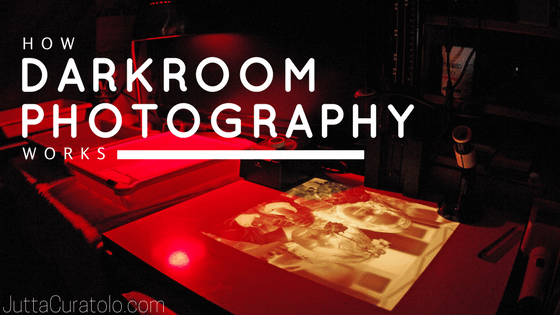Most popular cameras today are digital cameras but the film processing cameras are still being used. Many wonder how the process of film photography works from taking the photo to printing it out. From the moment the image is taken on the film to how it is printed in a darkroom can be easily demystified with this step by step breakdown.
Take the Photos
The standard for consumer film photography is a 35mm film. Start by purchasing a camera that uses film. There is no need to spend a lot of money on a film camera when beginning to experiment with film photography. Utilize the entire roll of film until the camera will not take any more photos
Rooms for film photography are built to keep all light out. The room is lit with red lights to ensure that both the film and the photosensitive paper are will not be damaged. The first step is to open the film and begin to develop the film. This can take about an hour. Once the film is developed let it dry before you begin printing.
Once the film is dry, it is put into the enlarger where light is projected through a single film cell and onto a piece of light sensitive paper. The amount of time the light should be projected on the paper is dependent on how strong the light is and how the original photo was taken. Once the photo has been hit with light, it is then time to be moved into the chemical process.
Working in a darkroom requires the use of a lot of different chemicals. The chemical process that is used starts with the developer, which turns the parts hit with light black. Then the print is moved to the stop bath to halt the chemical process. After the stop bath is finished, it is moved into fixer which essentially makes the print light safe and then it is put into hypo clear to ensure an even dry. Once the chemical process is finished, it is put into moving water to clear the print of all of the chemicals. Hang the prints up to dry and you have the final product!
The most important tip to keep mind throughout the entire wet developing process is that it takes patience and attention to detail to produce quality film prints. It takes time to study each image and how to best translate it to photo paper. There are steps in darkroom photography that are sometimes overlooked because digital photography does many of them for you. Photo manipulation of contrast and color is not done with the click of a button in a darkroom.

